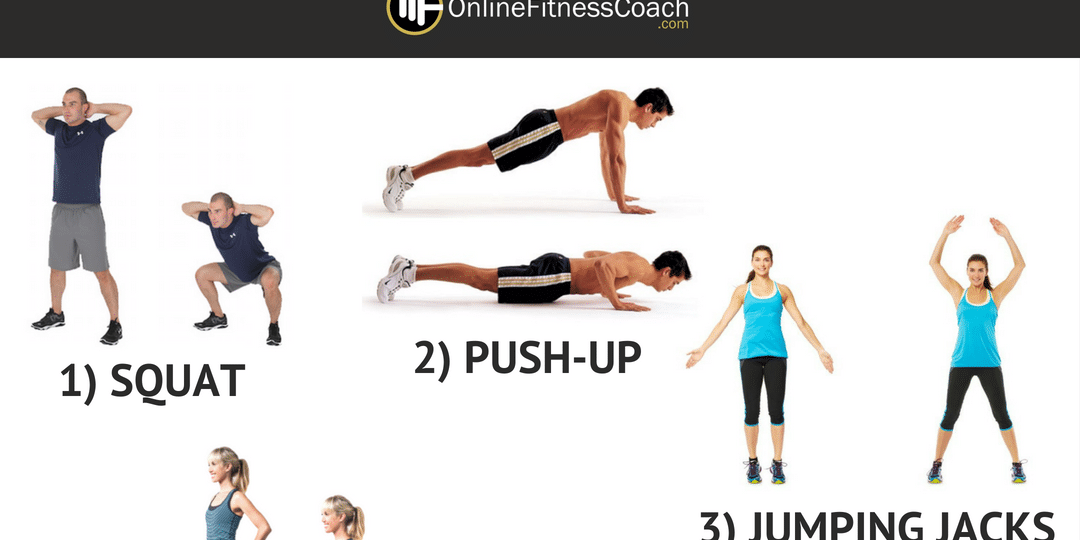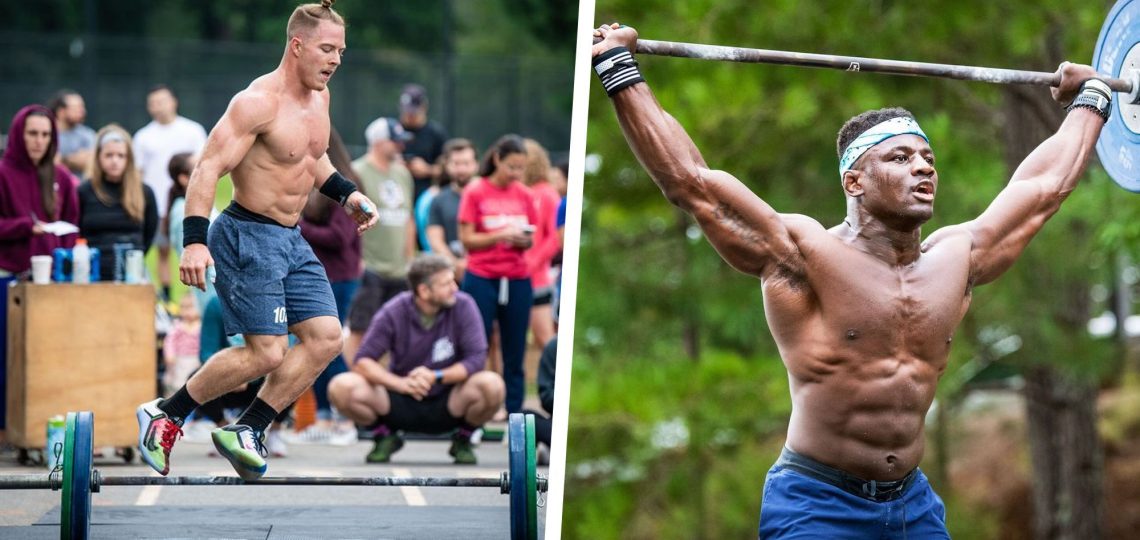Strength training plays a crucial role in the success of an athlete, especially those involved in Mixed Martial Arts (MMA) and combat sports. While skill and technique are fundamental, possessing adequate strength enhances performance, reduces injury risks, and allows fighters to outperform their opponents.

The Importance of Strength Training
MMA and combat sports involve a combination of endurance, explosiveness, agility, and strength. Incorporating strength training into training routines can benefit fighters in several ways.
1. Increased Power and Striking Force
Stronger muscles generate more power and striking force, contributing to devastating punches, kicks, and grappling techniques. By improving overall strength, fighters can inflict significant damage on their opponents.
2. Improved Endurance
Strength training not only builds muscular strength but also enhances endurance. High-intensity interval training (HIIT) and circuit training can simulate the energy demands of a fight while maintaining and improving cardiovascular fitness.
3. Injury Prevention
Combat sports subject fighters to intense physical stress and potential injury. By strengthening muscles, tendons, and ligaments through resistance training, fighters can support their joints and reduce the risk of common injuries such as sprains and strains.
4. Enhanced Body Composition
Strength training helps develop lean muscle mass and reduce body fat, resulting in improved body composition. A lower body fat percentage enhances performance by increasing speed, agility, and overall athleticism.
5. Mental Toughness
Strength training challenges athletes both physically and mentally, fostering mental toughness necessary for success in MMA and combat sports. Pushing through fatigue, overcoming obstacles, and consistently striving for improvement builds resilience and prepares fighters for the challenges they will face inside the ring or cage.
Effective Strength Training Exercises
When it comes to strength training for MMA and combat sports, certain exercises prove particularly beneficial. Here are a few examples:
1. Deadlift
The deadlift is a compound exercise that targets multiple muscle groups including the legs, back, and core. It builds overall strength and power, mimicking the explosive movements required in combat sports.
2. Squat
Squats are another fundamental exercise that strengthens the lower body, especially the quads, glutes, and hamstrings. They improve balance, stability, and explosive power necessary for delivering strong strikes and takedowns.
3. Clean and Jerk
This Olympic weightlifting exercise combines strength, power, and coordination. It engages nearly every muscle in the body, training explosive full-body movements often utilized in MMA and combat sports.
4. Pull-Ups
Pull-ups strengthen the upper body, particularly the back, lats, and biceps. They improve grip strength and contribute to effective clinching, grappling, and submissions.
5. Core Training
A strong core is essential for maintaining balance, stability, and generating power. Exercises like planks, Russian twists, and medicine ball exercises can help develop a solid core foundation.
Conclusion
Incorporating a well-structured strength training program into the training regimen of MMA and combat sports athletes is vital for achieving success in the ring or cage. From increased power and striking force to injury prevention and mental toughness, the benefits of strength training are undeniable. By integrating targeted exercises like deadlifts, squats, clean and jerks, pull-ups, and core training, fighters can develop the strength necessary to excel in their chosen discipline and outperform their opponents.

